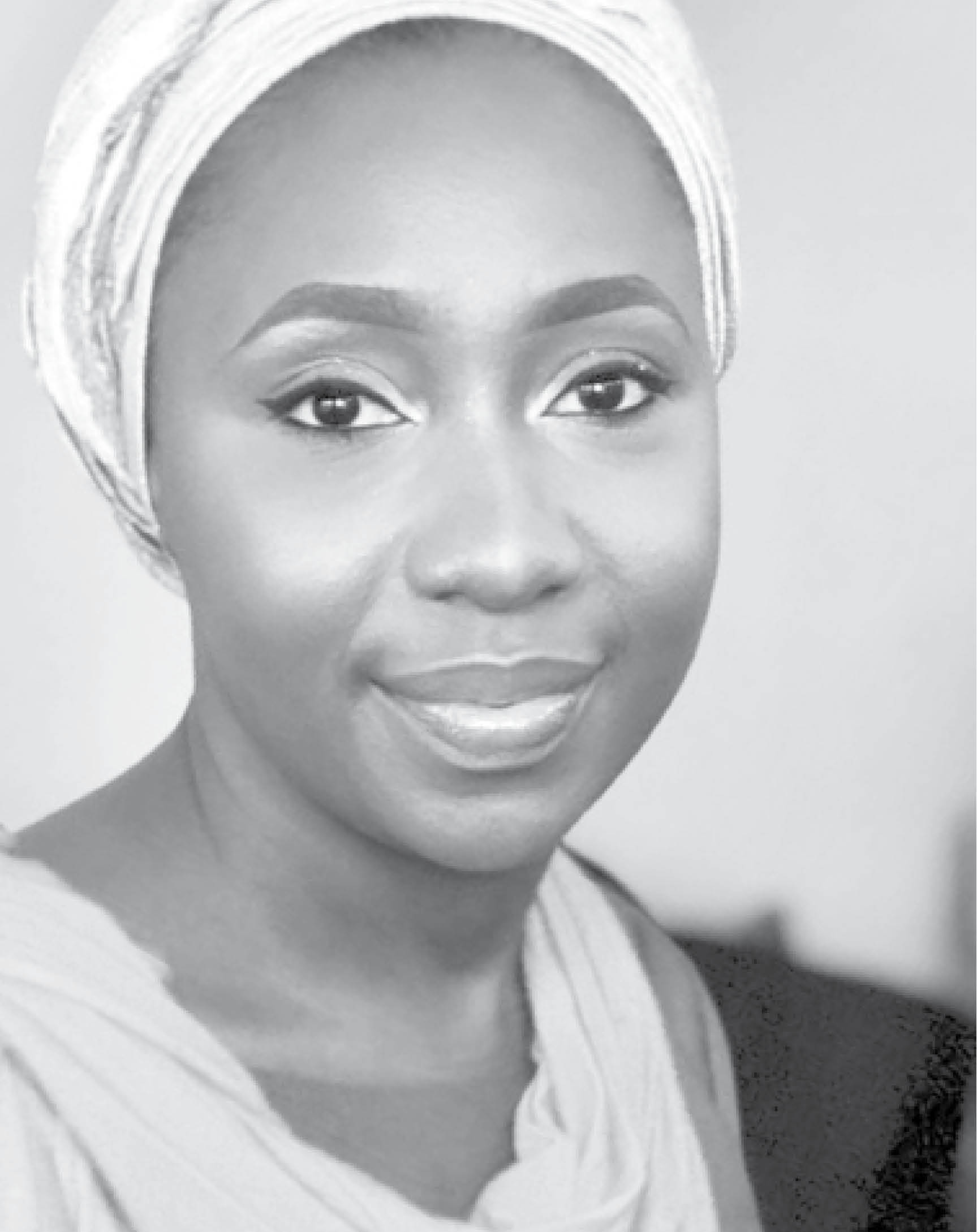‘How I sought identity through photography’
As a northerner growing up in Lagos and Port Harcourt, Halima Abubakar sought a way to self-discovery. In the end, she found it in photography. In 2013 she co-won the prize for outstanding concept at the National Art Competition themed ‘Identity.’ Here, she talks about her series themed ‘Kwalliya,’ her journey as an artist, and […]

Halima Abubakar
As a northerner growing up in Lagos and Port Harcourt, Halima Abubakar sought a way to self-discovery. In the end, she found it in photography. In 2013 she co-won the prize for outstanding concept at the National Art Competition themed ‘Identity.’ Here, she talks about her series themed ‘Kwalliya,’ her journey as an artist, and more. Excerpts:
Why would you say preserving history and cultural heritage through your art is important you?
Using my art to preserve history and cultural heritage is important to me because I believe that understanding one’s heritage, roots and ancestry is a significant part of carving out one’s future. Therefore, for you to know where you are going, you must acknowledge where you are coming from.
In recent times, essential aspects of culture and tradition like language, dressing, food and lifestyle are going extinct, as we are quick to adopt the western culture. I think there is an urgent need to capture, record, preserve and promote our own culture and heritage.
You started your journey as a photographer exploring the theme of identity. What has it been like?
It was and still is a journey of self-discovery. It started with an exploration of personal identity, which made me understand that identity hangs in the balance of interactions between external and internal forces, which are influenced by experiences that are observed over a period of time.
How would you say being from northern Nigeria and yet growing up in Lagos and Port Harcourt influenced your work or its direction?
I think that growing up in these environments had a huge influence on my work. It always seemed like there was something missing and I really wanted to find out what it was. I have parents who tried to make sure we were in touch with our northern culture even though we were surrounded by a whole lot of other cultures that were in the majority. The only times we had a close encounter with the core northern culture was during the long holidays and it meant that we had to wait all year to experience it. This left me with a lot of questions and it fed my curiosity as time went by. As I grew older and had the opportunity to school in the north, it gave me the chance to explore and ask a lot of questions about our history and culture. I found these stories really interesting and thought it will be great if I could tell my children and grandchildren just to keep the stories alive.
In your series themed ‘Kwalliya,’ you explored facial markings in the north, where you took shots of your family members. Have you considered taking it further across the country?
Yes, I have considered taking it further across the country and also across the continent.
In 2013 you co-won the prize for outstanding concept at the National Art Competition themed ‘Identity.’ How would you say winning a prize impacts on your work, generally?
For me, winning means that the work you do is relevant in a way that people can relate and connect with it. It was a good feeling to know that a lot of people could relate to the work. The icing on the cake was winning the prize, which was definitely rewarding. Generally, I think winning pushes one to do more.
What usually influences the themes you explore in your art?
I think that everything I see and experience influences the themes I explore in my art, whether directly or indirectly.
How do you view the development of Nigerian art?
It’s very promising. With little or no recognition or intervention from the government, Nigerian art is surviving against all odds, positioning itself as a force to be reckoned with in the global scene.
How would you describe your career as an artist so far?
Being an artist isn’t all smooth sailing. It’s tough, especially in a country like ours. But in all, it’s worth pursuing because it gives me joy and a sense of fulfilment.
When you aren’t making art, what are you usually found doing?
When I’m not making art, I’m reading and researching. I also have a full-time job of being a wife and a mother.
What would you say is your biggest vision as an artist?
My biggest vision is to be able to tell relevant stories that people can relate to that will ultimately be documented, archived and preserved for decades to come.
